Homemade potting mix with readily available materials
insipidtoast
13 years ago
Related Stories

KITCHEN DESIGNNew This Week: 2 Kitchens That Show How to Mix Materials
See how these kitchens combine textures, colors and materials into a harmonious whole
Full Story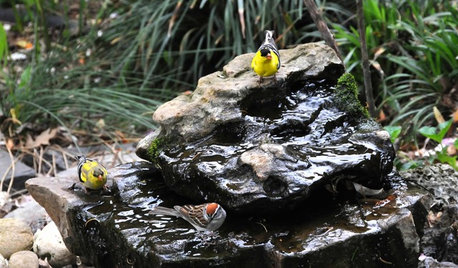
OUTDOOR PROJECTSBring In the Birds With a Homemade Bubble Rock
An avian expert from Southern Indiana shows how to make a burbling fountain that migrating birds will love
Full Story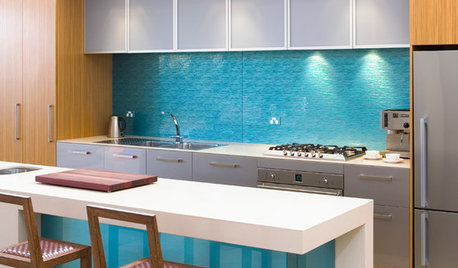
KITCHEN DESIGNHouzz Quiz: Which Kitchen Backsplash Material Is Right for You?
With so many options available, see if we can help you narrow down the selection
Full Story
CONTAINER GARDENSContainer Gardening Basics: The Dirt on Soil
Learn the types of potting soil available and the best mixes to help your containers thrive
Full Story
FARM YOUR YARDHow to Grow Vegetables in Containers
Get glorious vegetables and fruits on your patio with a pro’s guidance — including his personal recipe for potting mix
Full Story
GARDENING GUIDESVegetables and Flowers Mix in Beautiful Edible Gardens
Ornamentals, meet your edible garden mates. We know you'll get along just beautifully
Full Story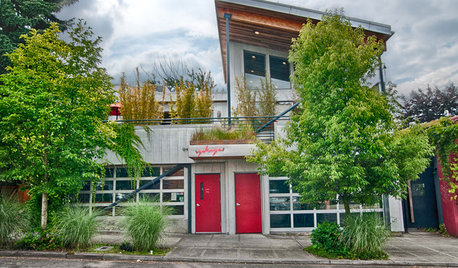
HOUZZ TOURSMy Houzz: Mixed-Use Oregon Home Serves and Charms
Home, restaurant, garden, rental cabin — and it gives back to the community too. This multitasking home is a wonder in more ways than one
Full Story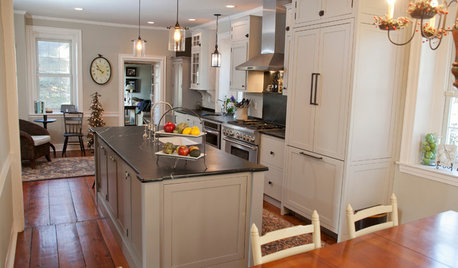
KITCHEN DESIGNNew and Old Mix It Up in a Historic Farmhouse Kitchen
A couple rethink the kitchen in their Pennsylvania farmhouse to restore authenticity while also creating a space for modern living
Full Story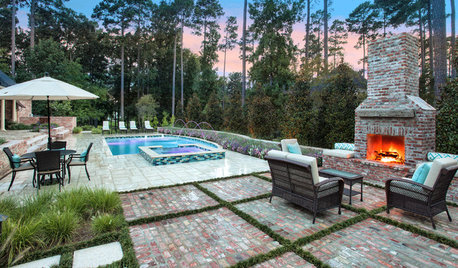
PATIOSYour Guide to 10 Popular Landscape Paving Materials
To choose the best paving for your landscape, look at climate, cost and context
Full Story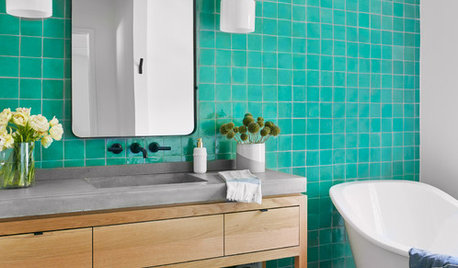
BATHROOM DESIGNBathroom Countertops 101: The Top Surface Materials
Explore the pros and cons of 7 popular bathroom countertop materials
Full Story






kathywide
calistoga_al ca 15 usda 9
Related Professionals
Prairie Ridge Landscape Architects & Landscape Designers · Roosevelt Landscape Architects & Landscape Designers · Hinsdale Solar Energy Systems · Weymouth Solar Energy Systems · Compton Window Contractors · DeLand Window Contractors · Holly Hill Window Contractors · Annapolis Fence Contractors · Annapolis Fence Contractors · Hernando Fence Contractors · Marana Fence Contractors · Naperville Fence Contractors · Pennsauken Fence Contractors · Rockville Fence Contractors · Nipomo Fence Contractorsjodik_gw
jane__ny
jodik_gw
tapla (mid-Michigan, USDA z5b-6a)
jane__ny
rhizo_1 (North AL) zone 7
greenman28 NorCal 7b/8a